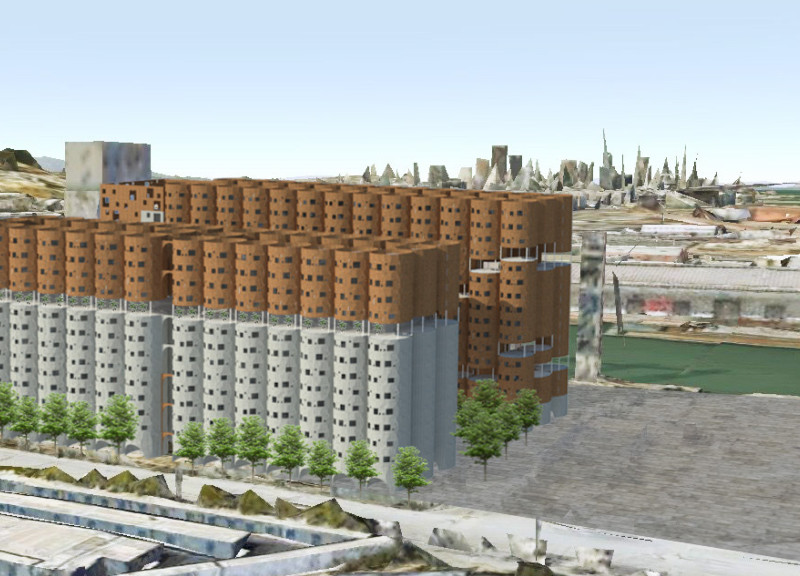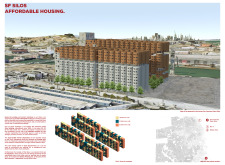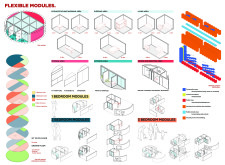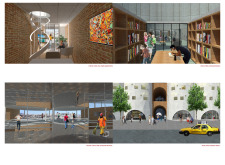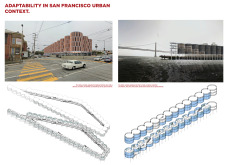5 key facts about this project
The SF Silos project in San Francisco revolutionizes the potential of adaptive reuse in urban housing through its innovative transformation of existing grain silos into affordable residential units. This architectural endeavor seeks to address the city’s housing crisis by utilizing underused structures to create living spaces, thereby optimizing land use and supporting social equity. The project underscores the importance of sustainable architecture, focusing on community engagement while maintaining historical integrity.
Adaptive Design and Community Integration
The SF Silos project stands out in its approach to design. By retaining the cylindrical forms of the existing silos, the project preserves the historical character of the site while integrating new elements that cater to modern urban living. The layout incorporates various residential configurations—one-bedroom, two-bedroom, and three-bedroom units—offering flexibility to accommodate different family structures. The design includes communal spaces that encourage social interaction, such as libraries and recreational areas, thereby promoting a sense of community among residents.
The community-focused design reflects an understanding of urban density as well as the importance of shared space for fostering connections. By positioning communal amenities strategically throughout the development, the design facilitates natural interactions, enhancing the quality of life for residents.
Material Use and Structural Integrity
The materiality of the SF Silos project plays a crucial role in its overall effectiveness. The primary materials employed include concrete for structural support, ensuring durability and longevity. Brick is used for interior finishes, providing warmth and tactile quality to living spaces. Steel framing supports the building's structural integrity while allowing for open-plan layouts, essential for modern living. Large glass openings promote natural light, underscoring a connection with the exterior environment.
In terms of sustainability, the project maximizes the potential of the existing structures, reducing waste associated with new construction. This aligns with contemporary architectural principles that prioritize environmental responsibility in urban design. The thoughtful selection of materials reflects an intention to balance aesthetics with functionality, providing a comprehensive solution to housing needs.
Exploration of Architectural Ideas and Outcomes
The SF Silos project illustrates an innovative approach to urban planning through its emphasis on flexible living arrangements and communal space. The design challenges conventional notions of residential architecture by integrating historical elements with contemporary functions. Each unit is designed to maximize space efficiency, incorporating features such as modular furniture and multipurpose rooms, which cater to the diverse lifestyles of residents.
The outdoor terraces and playgrounds foster a family-friendly environment, further contributing to the project's community-centric ethos. This thoughtful integration of various living environments encapsulates a modern urban lifestyle, where space is thoughtfully utilized, advancing the idea that urban living can be both compact and community-oriented.
To gain deeper insights into this project, including architectural plans, sections, and design specifics, readers are encouraged to explore the project presentation for comprehensive information. Understanding the architectural ideas behind the SF Silos project can provide valuable perspectives on modern urban housing solutions.


